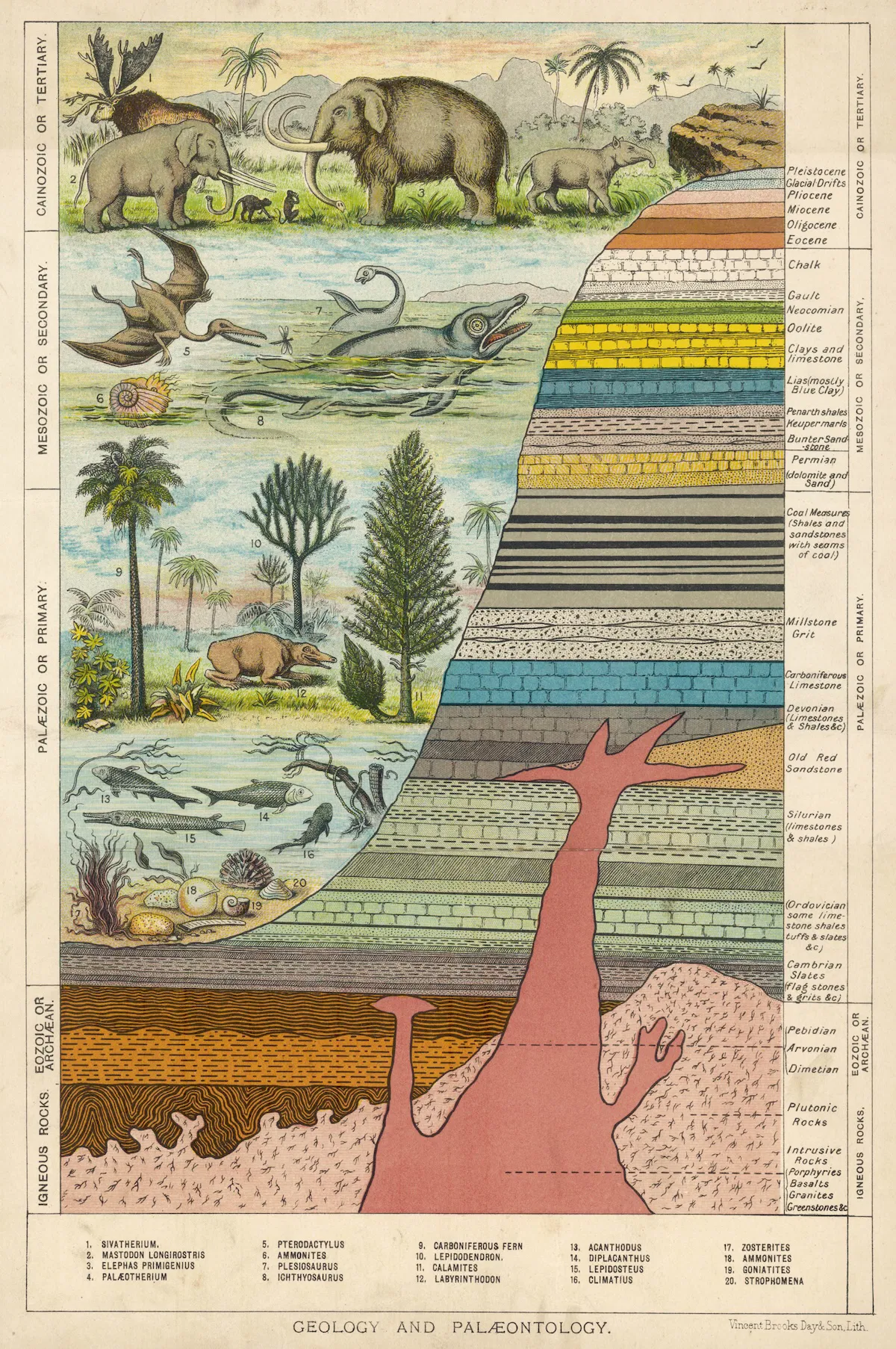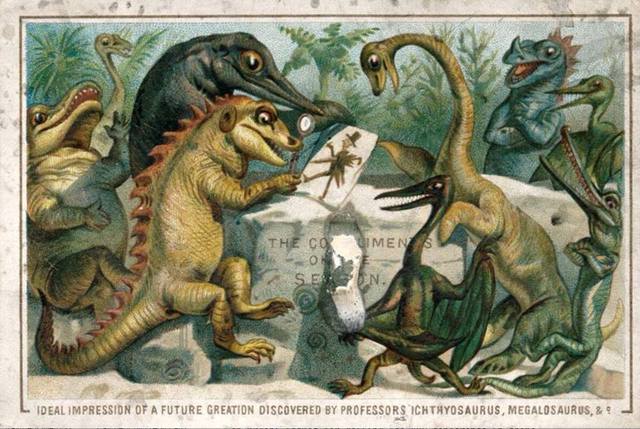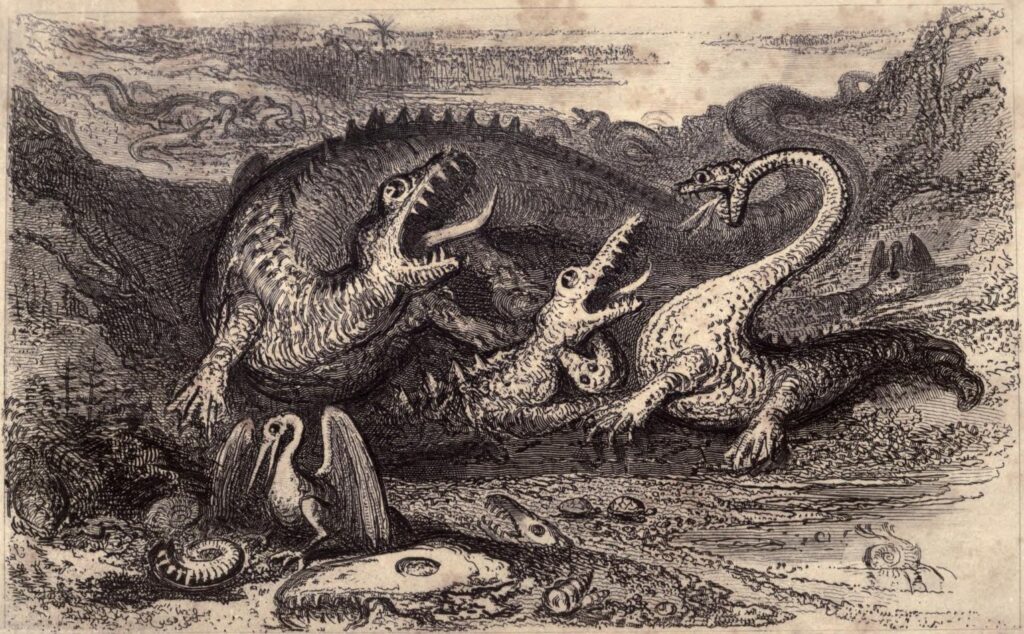“Faith, Fossils, and Fractures: The Victorians and the Dinosaur Dilemma”

The Victorian era (1837–1901) was a time of astonishing scientific advancement, religious introspection, and cultural transformation. Among the most explosive discoveries of the 19th century was the unearthing of dinosaurs—gigantic, extinct creatures that predated the biblical timeline. For a deeply Christian society that interpreted the Book of Genesis literally, these fossils sparked a dramatic conflict between creationist beliefs and the emerging field of paleontology.
This article explores how Victorians responded to dinosaurs, how science and faith collided in the public sphere, and how these debates forever changed the way we understand Earth’s past.
The Discovery of Dinosaurs: A Challenge to Scripture
In the early 19th century, fossil discoveries in Britain—such as the Iguanodon, Megalosaurus, and Hylaeosaurus—began to surface in scientific journals and museum collections. The term “dinosaur” was coined in 1842 by anatomist Sir Richard Owen, who sought to classify these massive prehistoric reptiles.
But there was a major problem: the bones suggested a world that was millions of years old, far older than the 6,000-year biblical timeline commonly accepted by Victorian Christians. Many fossils predated not only Adam and Eve, but even the Great Flood described in Genesis.
The Age of the Earth: A Growing Rift
The fossil evidence added weight to geological theories by thinkers like Charles Lyell, whose book Principles of Geology (1830) introduced the idea of deep time—the Earth being hundreds of millions of years old. This fundamentally clashed with the young Earth creationism supported by traditional Christian doctrine.
This led to a growing divide:
- Natural theologians, like William Paley, tried to reconcile science with faith, suggesting that fossils were part of God’s grand design.
- Others, including many members of the Anglican Church, rejected the new science, viewing it as heretical or misguided.
- Some argued that fossils were remnants of creatures destroyed in Noah’s Flood, attempting to fit them into the biblical narrative.

Darwin’s Evolution and the Theological Earthquake
Then came Charles Darwin. In 1859, On the Origin of Species introduced the theory of evolution by natural selection. Although Darwin rarely discussed dinosaurs, his work provided a new framework for understanding fossil records: these were evidence of species evolving and going extinct over vast timescales—not divine creations suddenly wiped out by catastrophes.
Victorian society was stunned. Darwin’s theory didn’t just challenge Genesis—it undermined the notion of humans as specially created beings. The idea that humans and dinosaurs were part of the same evolutionary tree, separated by eons of time, was revolutionary and controversial.
Public Spectacle: Dinosaurs as Entertainment and Education
Despite theological pushback, the public became fascinated with dinosaurs. The Crystal Palace Dinosaurs, constructed in the 1850s in London, were the first-ever life-sized models of prehistoric creatures. They became a massive attraction, blending education and spectacle.
- People marveled at the scale and mystery of these creatures.
- Scientific lectures drew large crowds.
- Museums became battlegrounds of ideas, displaying fossils with conflicting interpretive plaques depending on the curator’s beliefs.
For many Victorians, dinosaurs came to symbolize the majesty and terror of nature, provoking both wonder and spiritual anxiety.
Victorian Reconciliation Attempts
Not all Victorians saw science and faith as enemies:
- Some theologians accepted the concept of an ancient Earth but interpreted Genesis allegorically, not literally.
- The idea of “theistic evolution”—God guiding the process of evolution—gained traction among liberal Christians.
- Anglican clergymen like Charles Kingsley embraced evolution, seeing it as a divine process unfolding over time.
By the end of the 19th century, many in the educated elite had begun to integrate evolutionary science into their worldview, though not without ongoing debates and divisions.
Legacy: A Changed Understanding of Origins
The Victorian encounter with dinosaurs was more than just a scientific curiosity—it was a watershed moment in humanity’s understanding of itself. It forced a rethinking of:
- Earth’s age
- The origin and extinction of species
- Humanity’s place in nature
- The role of God in creation
These debates laid the groundwork for modern science-religion discourse and helped establish paleontology and evolutionary biology as legitimate fields.

Conclusion: Dinosaurs and the Victorian Soul
Dinosaurs arrived in Victorian England like messengers from a forgotten world, unsettling comfortable truths and opening new intellectual frontiers. The so-called “dinosaur problem” wasn’t just about fossils—it was about faith, identity, and the future of human knowledge.
Today, we understand that science and spirituality need not be mutually exclusive. But in the Victorian era, dinosaurs were a symbol of rupture, reminding people that Earth’s story is vastly older—and more complex—than they ever imagined.




